Imagine taking aim with your bow, feeling the satisfying tension of the string against your fingers. You know that your shot will land exactly where you want it to. That’s the magic of precision archery, and it all starts with mastering sighting in your bow. Whether you’re a seasoned archer looking to fine-tune your skills or a beginner eager to hit the mark, understanding bow sight calibration is your gateway to accuracy and success.
In this comprehensive guide, we’ll explore the what, why, and how of bow sighting. We’ll equip you with the knowledge to elevate your archery game to new heights. So, let’s not just aim, let’s hit the bullseye.
Bow Sighting: An Overview
In archery, bow sighting is a crucial aspect of improving accuracy, whether you’re hunting or practicing on the range. A bow sight is a device attached to your bow riser that helps you align your aim with the target. There are many types of bow sights to choose from, each with its own advantages.
A fixed pin sight has multiple pins set at different distances, making it easier to adjust an archer’s aim without changing the sight setting. It is preferred by those who prefer to see the world in a more clear way. It uses a single pin that you can move to the desired distance.
It is also possible to choose between single and multi-pin sights, allowing for a variety of adjustments and complexities. The archer must be adept at estimating distances and adjusting accurately when using single-pin sights to reduce visual clutter and confusion that accompany multi-pin sights. During hunting scenarios, where quick target acquisition is required at varying distances, multi-pin sights are preferred.
You can gain a better understanding of these sight types by considering diagrams or images that show how they function in real-world settings, showing how they differ and how they can be used in different ways.
Also Read : Choosing the Best Bow Sight: A Comprehensive Guide
Getting Ready For Sighting In
Before you sight in your bow, having the right tools is essential. Commonly used tools include Allen wrenches for adjusting the sight and a bow press if you need to make more significant changes to your setup. Having these on hand will make the process smoother and more efficient.
Choosing the correct distance to sight is also critical. Most archers begin at a shorter distance, such as 10 yards, gradually increasing as they fine-tune their sight. This step-by-step approach allows more controlled adjustments and builds confidence.
Beginners often seek real-time assistance when setting up their bow. Many archery clubs and stores offer sight-in services, providing expert guidance and even hands-on experience to accelerate the learning process. Don’t hesitate to leverage resources like these to gain practical insights and confidence.
What Is The Process Of Sighting?
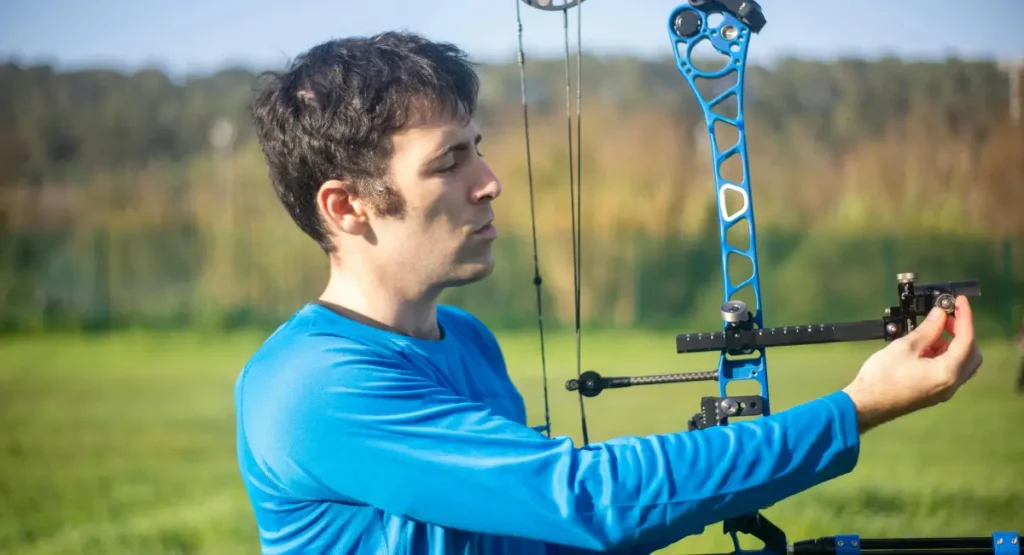
Sighting in your bow involves several detailed steps, starting with determining the best position and stance for shooting. Position yourself comfortably, with your feet shoulder-width apart, maintaining balance and control.
Begin at a short distance, typically 20 yards, and take your first shot. Observe where the arrow lands relative to your target. Consistent grouping of arrows to the left or right indicates sight adjustment is necessary. This is where understanding pin adjustment on bow sights becomes crucial.
Adjustment to environmental factors such as wind and light conditions is also vital. Wind can push arrows off course, so compensate by adjusting your aim slightly to the wind. Similarly, light conditions can affect visibility and alignment, so adjust accordingly, ensuring your sight picture remains clear.
At this point, it’s worthwhile to mention troubleshooting common problems. If your arrows consistently hit high or low, re-evaluate your stance and anchor point, making necessary adjustments to keep your shots aligned.
Also Read : How To Utilize Recurve Bow Sights: A Comprehensive Guide
The Advanced Techniques Of Sighting
For those venturing into advanced bow sighting techniques, consider the impact of different arrow weights on your sight settings. Heavy arrows drop more than lighter ones, requiring you to adjust your sight.
Incorporating advanced tools like laser sights can further enhance accuracy. These devices provide real-time feedback on your aim, ideal for honing your precision. However, they require higher levels of experience and understanding to use effectively.
Experts like John Dudley and Levi Morgan emphasize the importance of practicing and understanding your equipment.
Dudley says,
“Precision comes from practice and familiarity with your gear.”
Morgan adds,
“A well-sighted bow is essential for consistent performance, whether you’re on the range or in the field.”
Maintain Your Sights
Regular maintenance is key to bow sights accuracy and reliability. This includes routine checks for loose screws and alignment issues. Clean your sights regularly to prevent dust and grime from affecting performance.
Signs that your sight might need replacing or recalibrating include inconsistent accuracy or visible wear and tear. If you’re experiencing recurring issues, it may be time to invest in updated equipment or consult a professional for recalibration.
Real-life scenarios often highlight maintenance’s importance. For instance, during a high-stakes hunting trip, one archer realized his sights were off due to neglecting regular checks. A quick recalibration saved the day, reinforcing the need for diligent upkeep.
Also Read : How to Adjust Your Bow Sight Step-by-Step Guidelines
Conclusion
Proper sighting cannot be overemphasized. It’s the foundation of precision archery, enabling accuracy and consistency with every shot. Regular practice, coupled with the techniques and insights shared in this guide, will empower you to refine your skills and hit your target every time.
We encourage you to try these techniques and share your experiences, whether on the range or on the field. Remember, the more you practice, the more familiar you become with your equipment, and the more confident you’ll be in your abilities.
Frequently Asked Questions (FAQs)
What Is The Best Distance To Sight In A Bow?
Generally, aiming at 20 yards is recommended for initial sightings. This distance allows you to make incremental adjustments before extending to longer ranges like 30 or 40 yards.
How Do I Know If My Bow Sights Are Accurate?
Consistent arrow grouping on the target is reliable. If your shots repeatedly land in the same area, your sights are likely well-calibrated.
Can I Sight In A Bow Without A Bow Press?
Yes, many basic sight adjustments can be made without a bow press, using Allen wrenches. However, a bow press becomes necessary for more substantial modifications.
How Often Should I Adjust My Bow Sights?
Regular adjustments are needed, especially if you notice accuracy changes. Factors like environmental conditions and shooting style changes can necessitate recalibration.
What Are Common Mistakes When Sighting In A Bow?
Common mistakes include neglecting the impact of wind and light, failing to maintain a consistent anchor point, and ignoring the need for regular sight maintenance.
Do I Need Different Sight Settings For Hunting Versus Target Shooting?
Yes, different activities may require varying sight settings due to differences in distance, speed, and arrow weight. Regular practice and adjustments ensure optimal performance in each scenario.
Recommended Articles
- The Ultimate Guide To Choosing Between Compound Bow vs Crossbow
- How To Carry A Bow – Tips & Techniques For Archers
- Ultimate Guide To Installing Compound Bow Arrow Rest
- The Ultimate Guide To The Best Archery Brands Of Compound Bows
- How To Utilize Recurve Bow Sights: A Comprehensive Guide
- The Archer’s Craft: Understanding Parts Of Recurve Bow

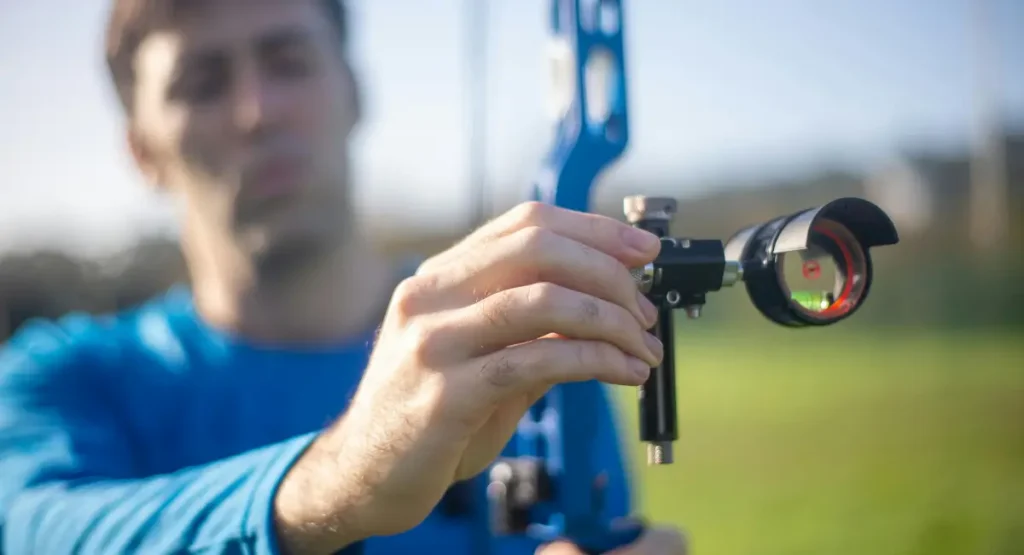
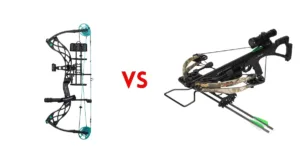
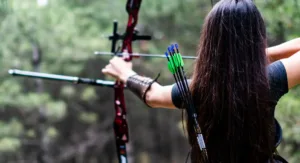
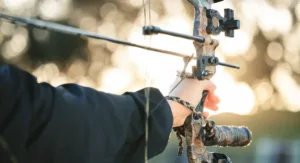

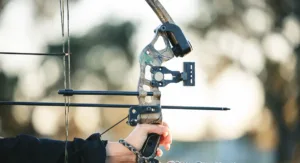
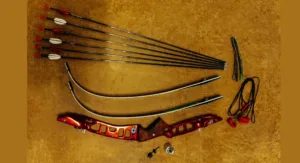
1 thought on “How To Sight In A Bow – Master The Art Of Always Hitting Your Target”
Comments are closed.